Kabuli Pulao, a fragrant and flavorful rice dish, is a cherished staple of Afghan cuisine. Known for its delicate blend of spices, and the sweetness of raisins and carrots, it’s a perfect balance of savory and sweet. This recipe will guide you in recreating the traditional dish, bringing the warmth and richness of Afghan flavors to your table.
Table of contents
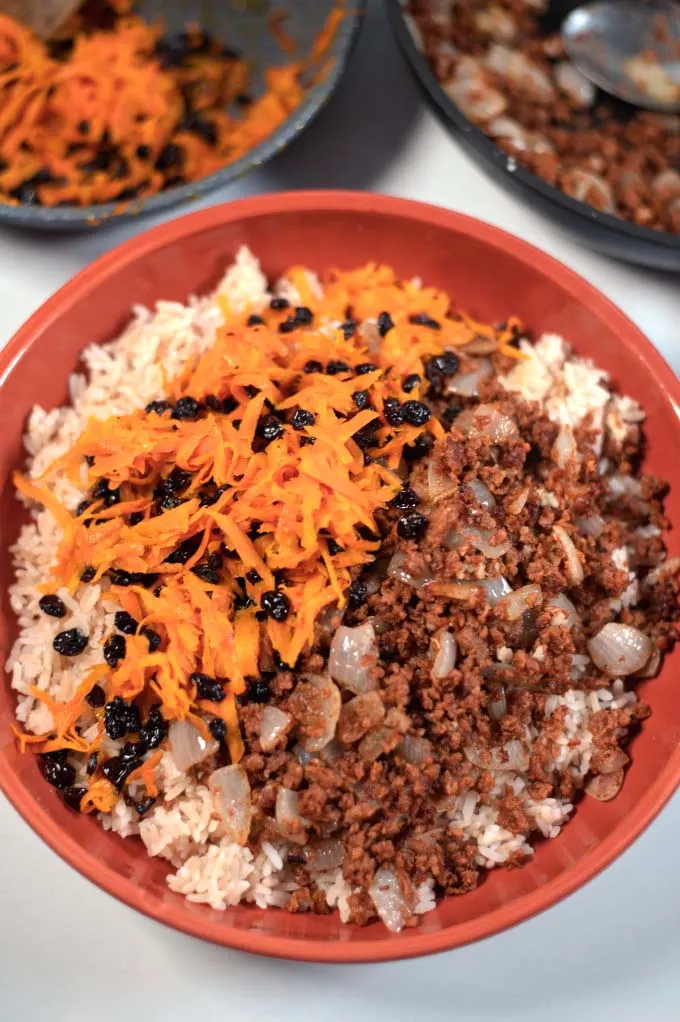
What are typical flavors in Afghan cuisine?
Afghan cuisine is known for its harmonious balance of rich, aromatic flavors. Common ingredients include warming spices like cardamom, cumin, coriander, and cinnamon, as well as the fragrant use of saffron and turmeric.
Dried fruits such as raisins and apricots, fresh herbs like cilantro and mint, yogurt-based sauces, and nuts like almonds and pistachios add layers of sweetness, tanginess, and crunch.
The cuisine emphasizes mild yet deeply flavorful dishes that reflect its blend of Central and South Asian influences.
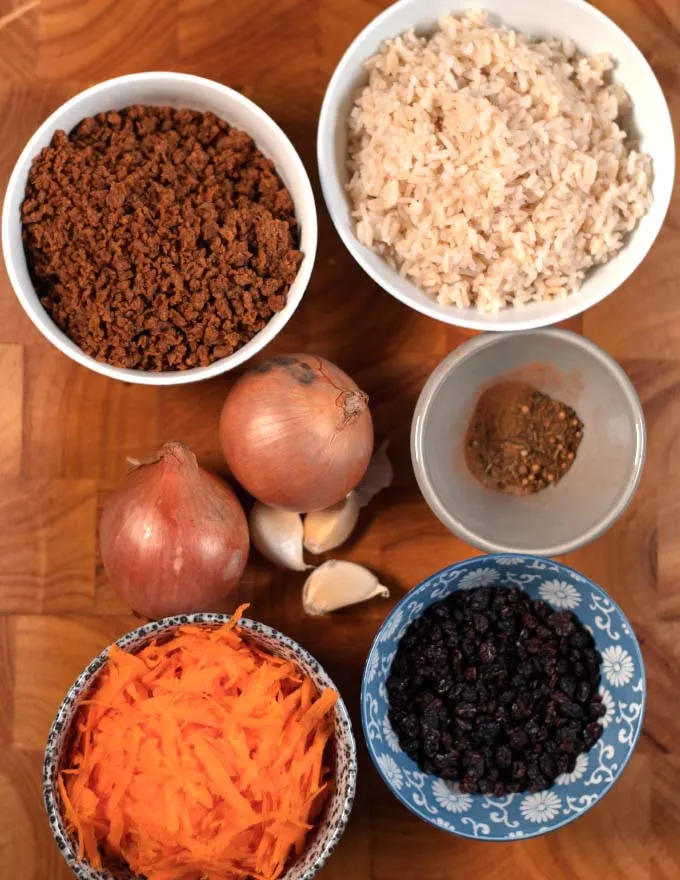
When is Kabuli Pulao typically served?
Kabuli Pulao is a national dish of Afghanistan and is often served during special occasions, celebrations, and gatherings in Afghan culture.
It is a centerpiece dish at weddings, festivals, and family feasts, symbolizing hospitality and abundance.
While it is traditionally reserved for festive events, it can also be enjoyed as a hearty meal for everyday dining when a touch of elegance is desired.
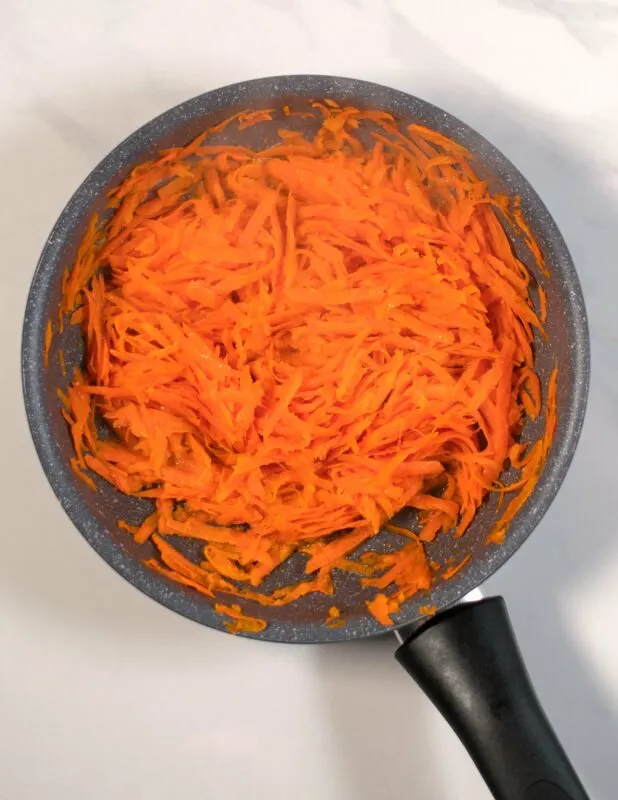
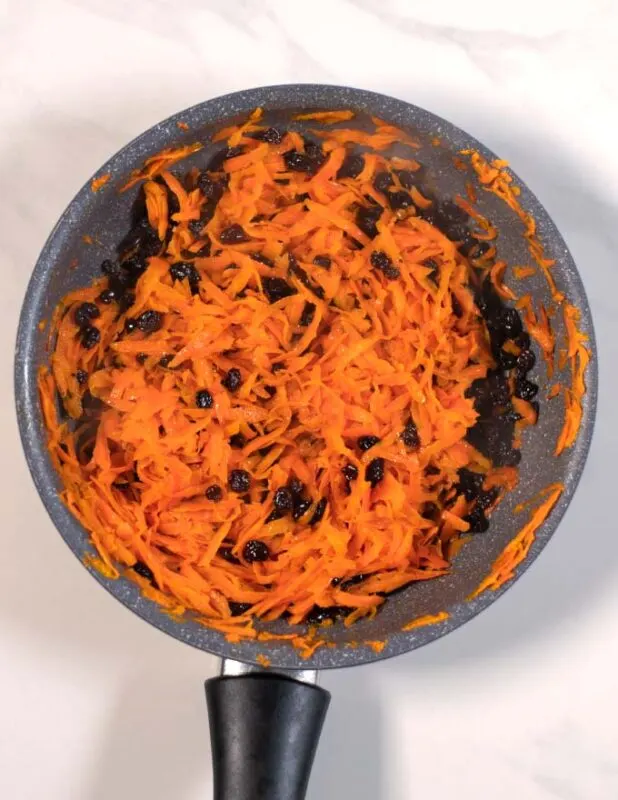
Why you must make this Kabuli Pulao recipe
Its amazing flavors – sweet and savory notes are perfectly balanced.
Its simple preparation – don’t think that making Kabuli Pulao is complicated. No fancy equipment or complex steps are needed. All steps are easy to master by even the most inexperienced homecook.
It’s versatile – While traditionally made with lamb or beef, Kabuli Pulao can be adapted to use chicken or even prepared as a vegetarian version with hearty vegetables or plant-based protein. The balance of spices, sweetness from raisins and carrots, and optional garnishes like nuts allow for adjustments to suit different dietary preferences and flavor profiles, making it an adaptable centerpiece for various occasions.
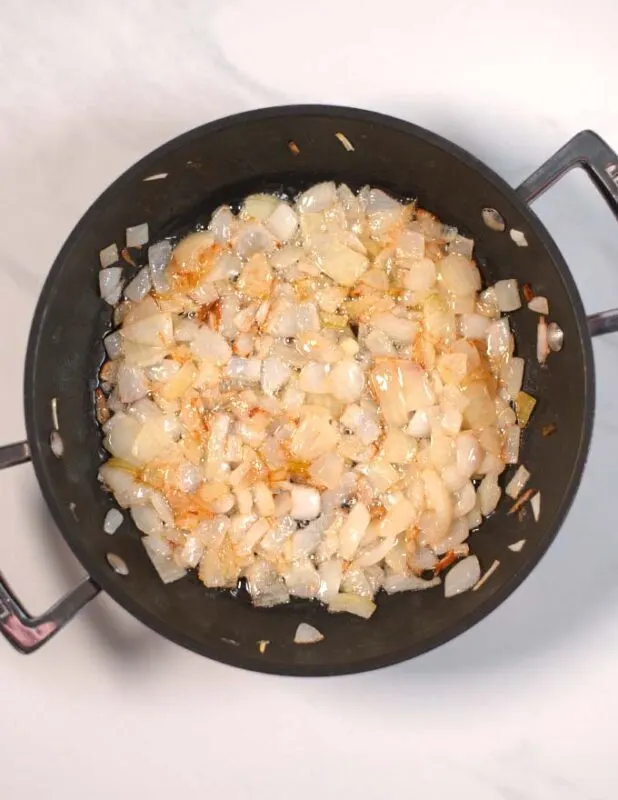
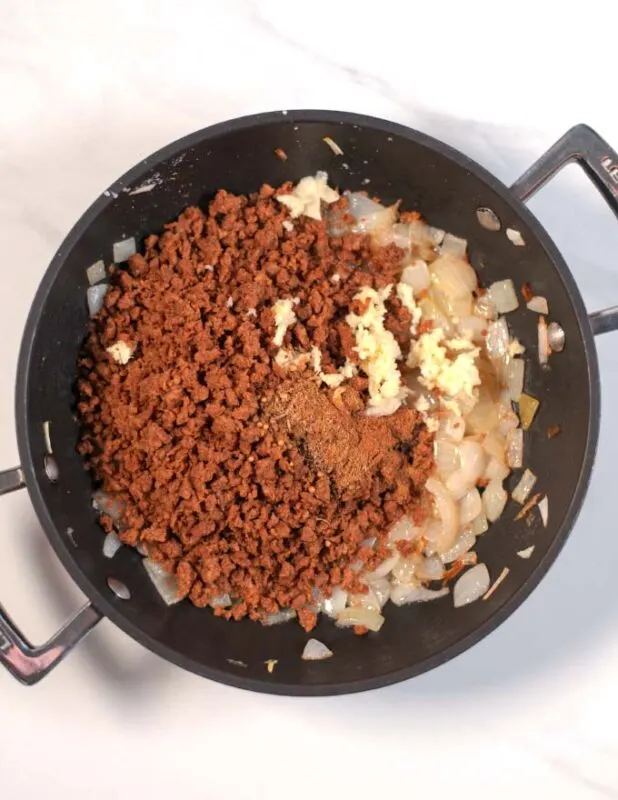
What special ingredients do I need to buy?
Cumin adds a warm, earthy base to Kabuli Pulao and is widely available in ground or whole seed forms at most grocery stores. Toasting whole seeds enhances their flavor and aroma, making them a preferred choice for this dish.
Cinnamon and cardamom lend sweet and aromatic notes that balance the dish’s savory flavors. Whole cinnamon sticks and green cardamom pods are commonly used for a subtle infusion, while ground forms work as quicker alternatives. Both are easily found in supermarkets and specialty spice shops.
Garam masala, a blend of warming spices like cloves, cinnamon, and cumin, can add depth to Kabuli Pulao. Though not always traditional, it’s often used as a finishing touch and is available pre-mixed or can be made fresh for a more tailored flavor.
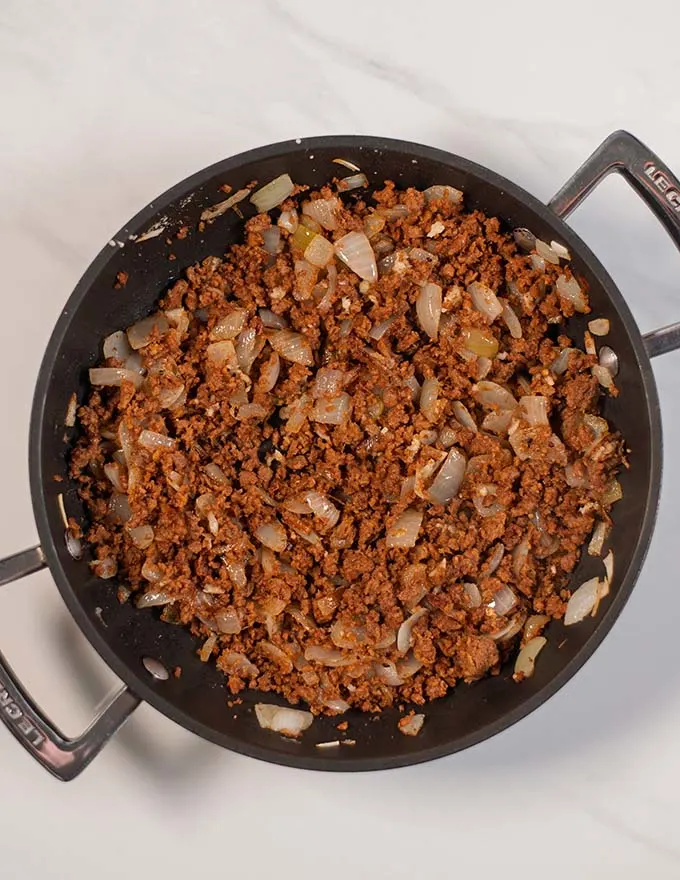
Making Kabuli Pulao
Preparing this Kabuli Pulao is not a complicated process. You can see that on the step-by-step pictures in this post.
Generally speaking, there are only three bigger steps that you have to do:
- Precook the rice – this one doesn’t need much explaining. Just make sure your use a rice that is a little sticky but not too soft.
- Prepare the carrot-raisin mixture – for this you will need a small saucepan or frying pan. My tip is to shred the carrots after peeling with a grater. However, take care that the shreds will have the size as you can see in the pictures. Too thick and their flavor and that of the raisins will not develop well. Too thin and they will not have any crunch and get mushy.
- Make the meat-onion mixture – I go here with ground beef (plant-based) that is fried together with diced onions and the spices. Using a standard saucepan for this is perfectly fine.
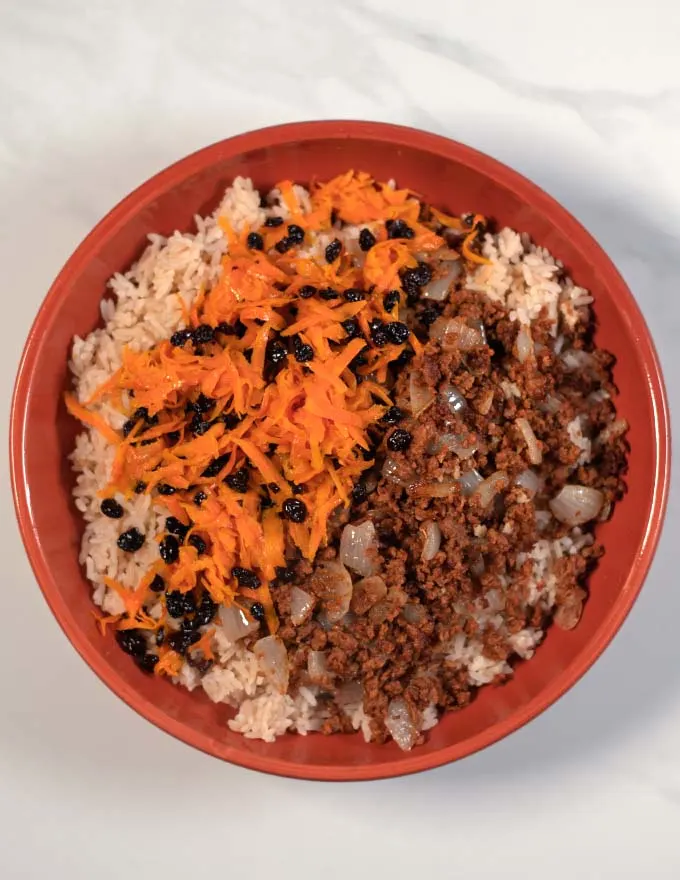
Ideas for Variations of Kabuli Pulao
- Vegetarian Kabuli Pulao: Add more hearty vegetables like carrots, peas, and potatoes, or add chickpeas for a protein boost. The same spices and sweet elements will complement the dish beautifully.
- Chicken Kabuli Pulao: Swap lamb or beef for chicken thighs or drumsticks for a lighter version. Cook the chicken with the spices and rice to infuse the flavors, reducing overall cooking time.
- Adding Nuts: Add the nuts or almonds, maybe pumpkin or sunflower seeds for a similar crunch.
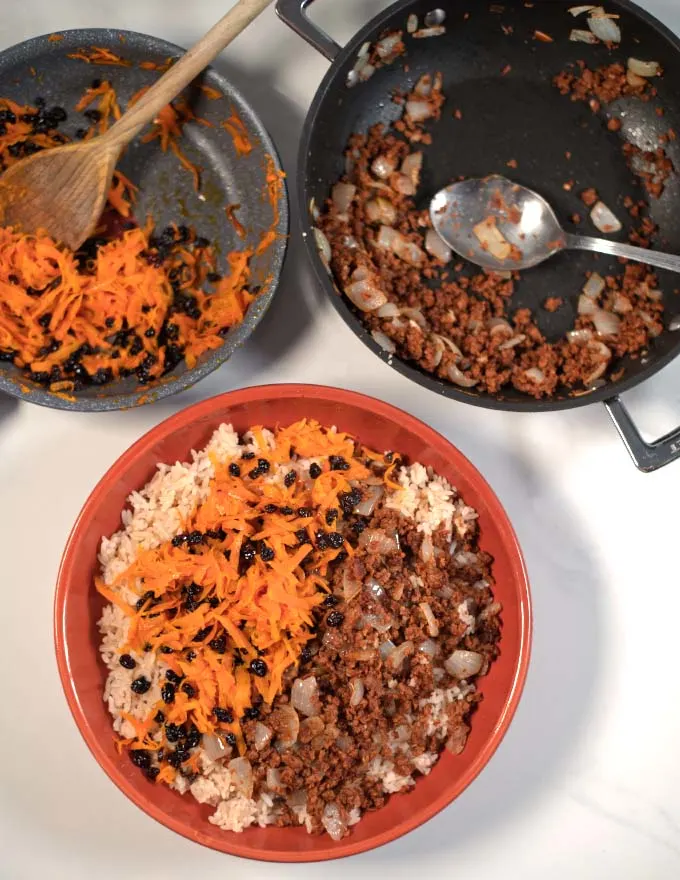
Other recipe recommendations
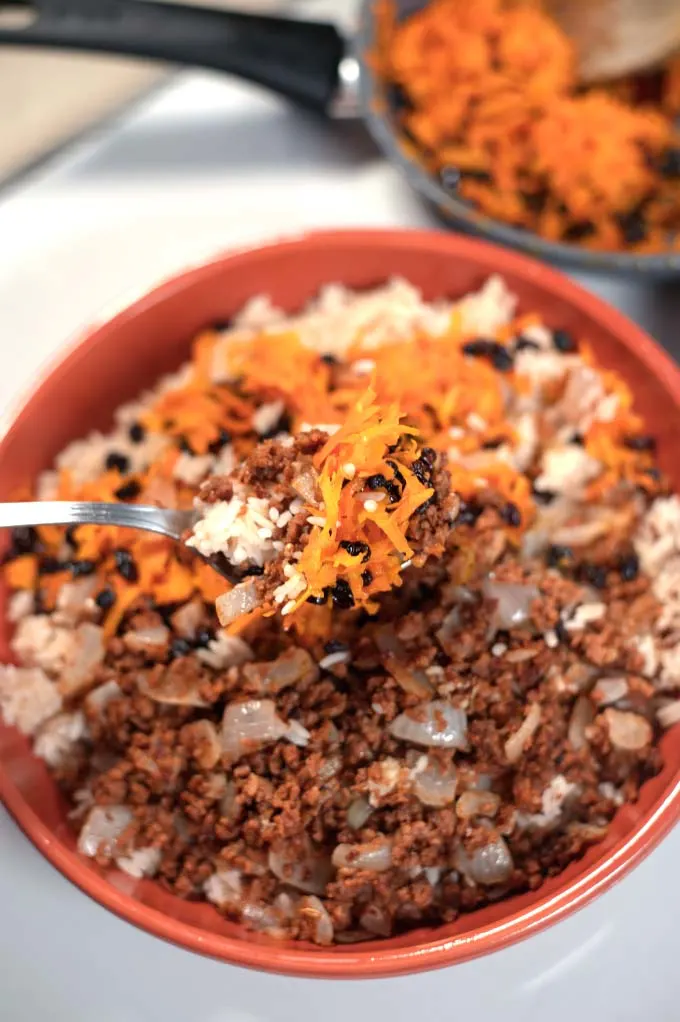
FAQs
Kabuli Pulao is also known by other names depending on the region and variations of the dish. Some common alternative names include:
Qabili Pulao: A variant spelling and pronunciation commonly used in Afghanistan.
Afghani Pulao: Highlighting its origins and association with Afghan cuisine.
Pilaf or Pilau: General terms used internationally for similar rice dishes, though these may differ in preparation and ingredients.
Yes, using the right type of rice is important for making authentic Kabuli Pulao. Long-grain varieties like basmati rice are ideal because they cook up fluffy, aromatic, and separate, which is essential for the dish’s texture. While other types of rice can be used in a pinch, basmati’s fragrance and delicate structure best complement the rich flavors of Kabuli Pulao. Be sure to rinse the rice thoroughly and soak it before cooking for the best results.
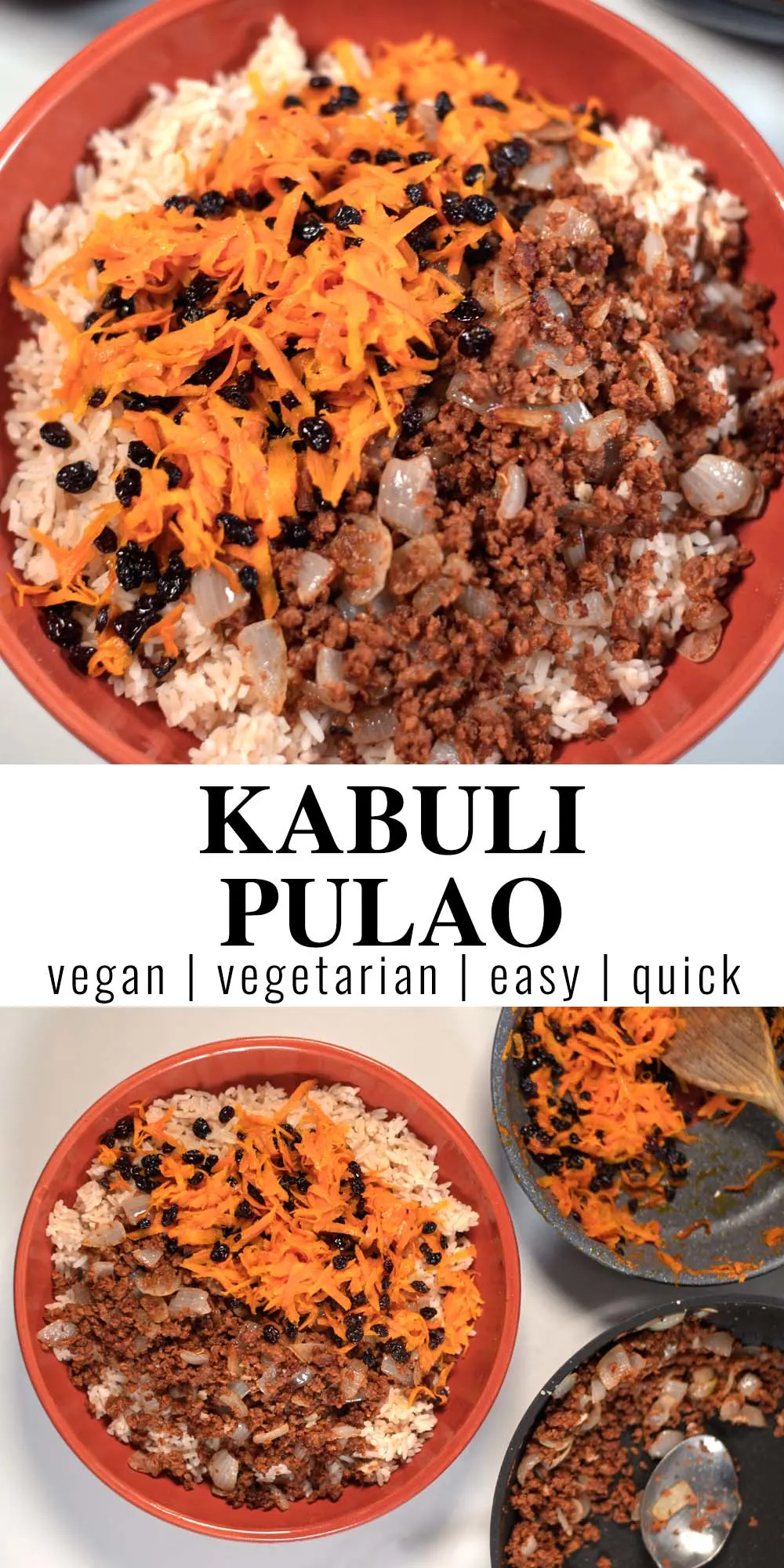
I hope you love making and enjoying this delicious Kabuli Pulao as much as I do!
If you try it, don’t forget to snap a picture and share it on Instagram or Facebook—I’d love to see your beautiful creations.
Tag me and let me know how it turned out! And please leave a comment below with a star rating; your feedback means the world to me and helps others find this recipe too. Happy cooking! 🌟
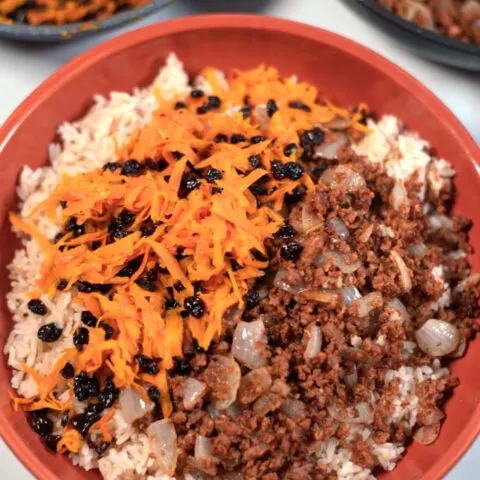
Kabuli Pulao
Kabuli Pulao is a beloved Afghan dish, known for its fragrant rice, aromatic spices, and the sweet contrast of raisins and carrots. This recipe will help you recreate this flavorful classic, bringing the warmth and richness of Afghan cuisine to your table.
Ingredients
- 2 cups cooked rice
- 5 tablespoons vegetable oil, divided
- 7 ounces vegan ground beef
- 1/2 cup raisins
- 1 medium carrot, shredded
- 2 medium onions, chopped
- 3 cloves garlic, pressed
- 1 teaspoon cumin
- 1/4 teaspoon cinnamon
- 1/2 teaspoon cardamon
- 2 tsp garam masala
- salt, pepper to taste
Instructions
- Begin with peeling the onions, garlic, and the carrots. Dice the onions and shred the carrots.

- To make the carrots-raisin mix, give 2 tablespoons of the vegetable oil in a small pan and heat it up. Give the shredded carrots into the pan. Reduce to medium heat and then fry the carrots for about 5 minutes.
- Now add the raisins to the pan and mix with the carrots. Keep stirring and heat all well through for about 3 additional minutes. Remove from the heat and set aside.
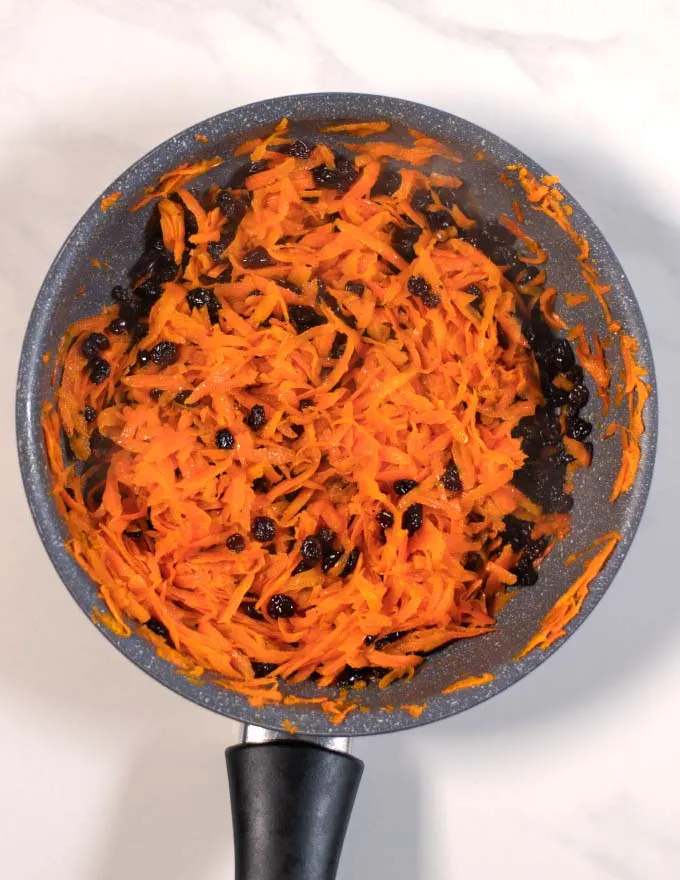
- Heat the rest of the vegetable oil in another pan and sautee the diced onions for about 5 minutes until fragrant.
- Give the ground beef to the onions, season with the pressed garlic, the cumin, cinnamon, cardamon, and garam masala. Mix well and fry everything on medium heat for another 5 minutes.

- To serve the Kabuli Pulao, first give the rice onto a big plate, then top with the carrot-raisin and beef-onion mixtures.

Nutrition Information:
Yield: 4 Serving Size: 1.5 cupsAmount Per Serving: Calories: 421Total Fat: 11gSaturated Fat: 2gTrans Fat: 0gUnsaturated Fat: 6gCholesterol: 0mgSodium: 546mgCarbohydrates: 47gFiber: 3gSugar: 14gProtein: 16g
